BACKGROUND
Installation is the first touch point a customer has with an installable product. The challenge was to align 15 project teams on a unified vision.
I started looking at installation standards at VMware when I was designing the installation flow for Capacity Planner, another project I owned at VMware. I quickly discovered there were no standards. This caused each product at VMware to create a unique installation flow. Even worst, larger projects like vSphere 6, which was a suite of products, had inconsistent user experience throughout the installation and deployment flow. This project was set a design vision for installation at VMware.
The project eventually expanded to include Deploy, Uprade, and First time Configuration.
ROLE
I became the visionary for installation at VMware. Championing a design standard, aligning teams, and working with development teams to implement the standards. vSphere Installer was the focus for standard adoption. These standards are still used in 2018.
PROJECT MANAGEMENT
This user experience project was my first experience in project management. I was given the opportunity to define project scope and define the roadmap. I worked with multiple product managers, engineering managers, and directors. I also reached across business unites and collaborated with tech-pubs and customer success.
USER EXPERIENCE
Customer site visits, customer interviews, contexual inquiries, wireframes design, high-fidelity mockups, and user testing.
Design Process
The time spent on this project was mostly gathering customer feedback from site visits and customer interviews. The design challenge was mainly focused on consistency, creating a design pattern, and campaigning for the change.
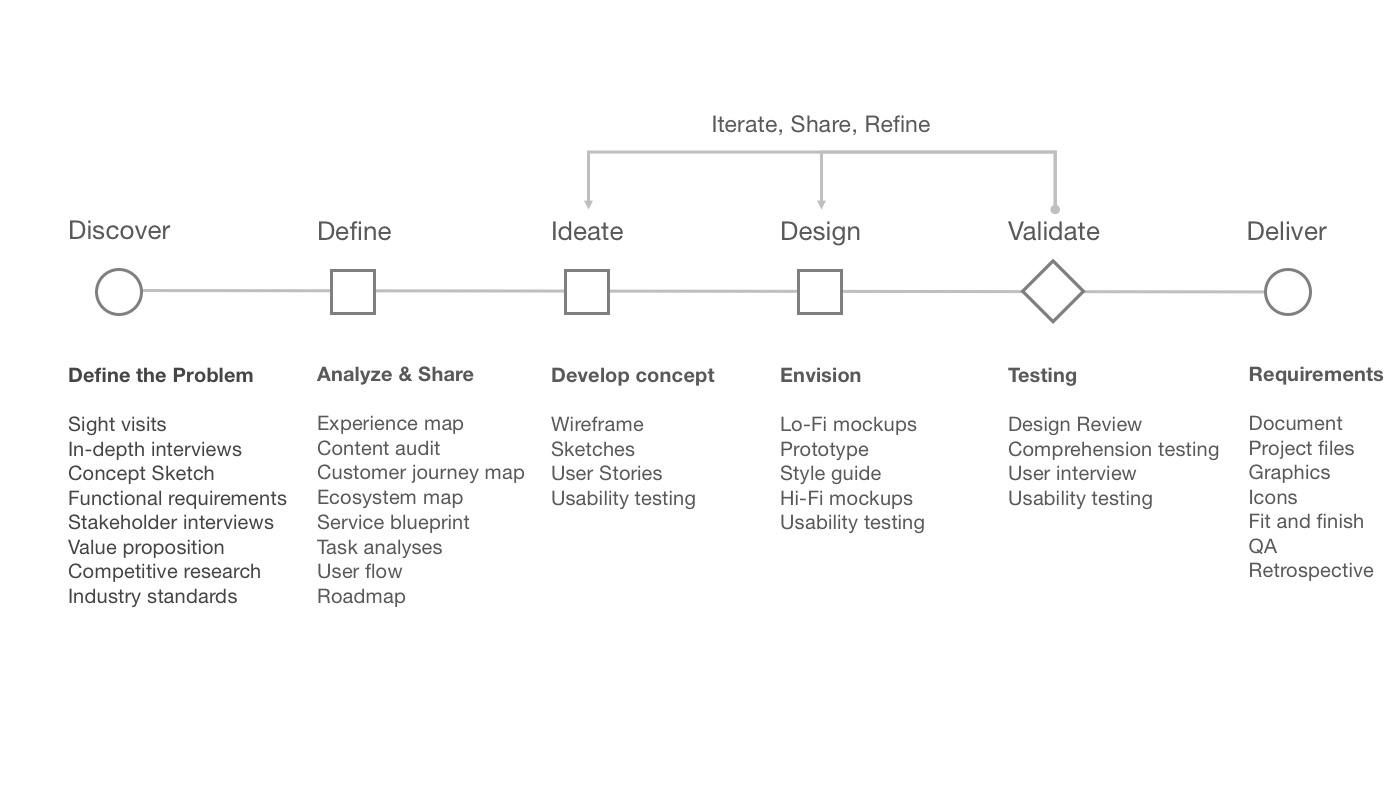
PROBLEM
- Installation was inconsitant between VMware products
- Installation requirements were unknown to the end user
- A customer would have to research installation for several weeks through blogs and collegues
- Installation had a lot of unknown failure points
- Upgrading the product without proper research could result in datacenter failure
- Installation flow spaned over 5 interfaces
- Inputs were often repeated, exposing development team misalignment.
- Settings set in installation could not be retreaved and were nessisary for system upgrades years later
- Complicated installation made it so potential clients were not able to test and deploy VMware in sandbox environments.
PROJECT SCOPE
The scope of this project started as defining a vision to simplify the installation process. However, installation was not a high priority item for product teams, often left as the last thought before a release. What started as creating a few screens of an ideal installation flow turned into gathering information on the deployment and upgrade process of entire datacenters. I needed to find the value to the company of user experience improvements to the company so that installation user experience could become a project that involed the user experience team.
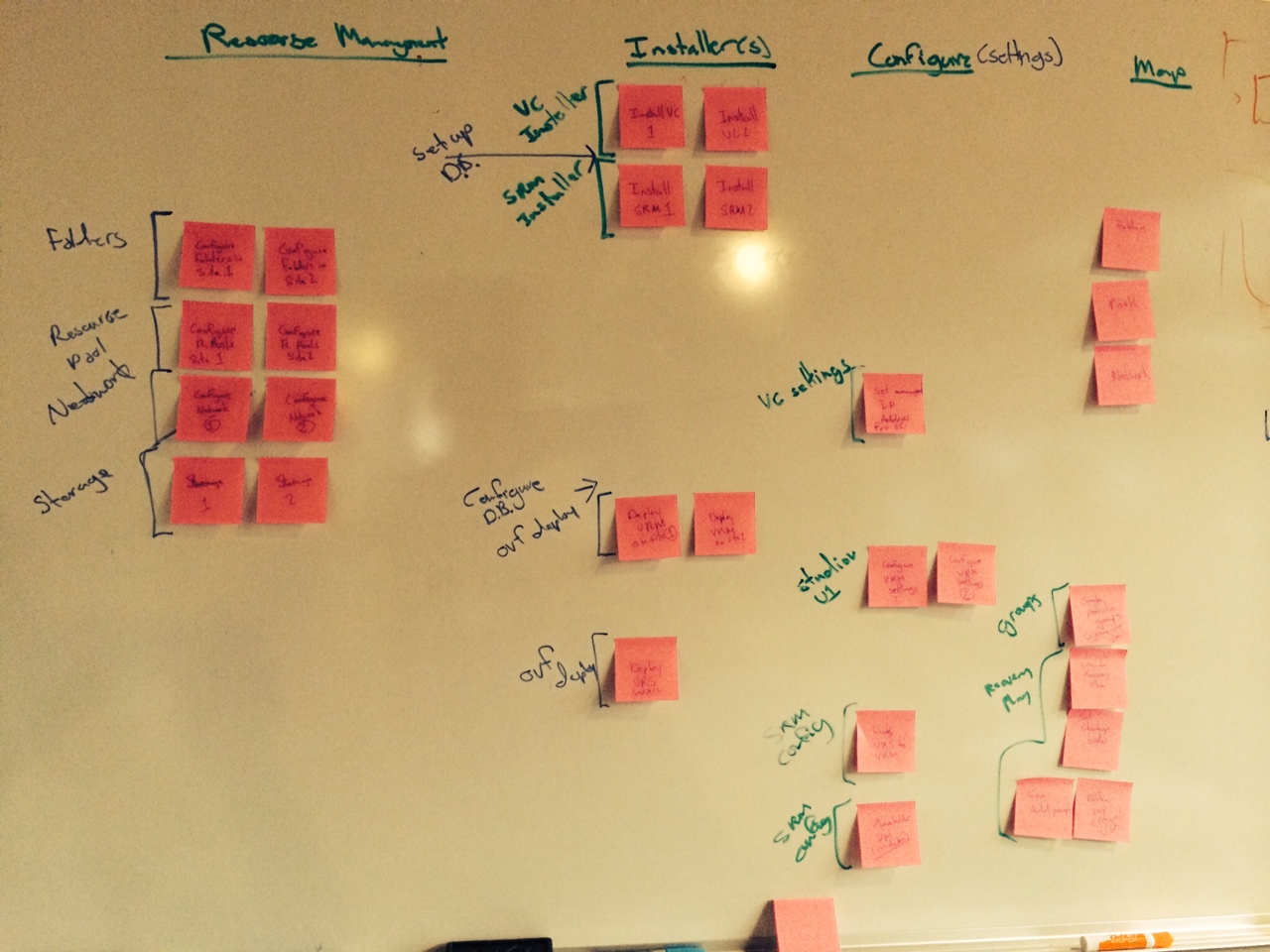
CONTEXUAL INQUIRES & SITE VISITS
To gather information on the cost of inconsinstant user experience. I visit clients in the process of upgrading or installing vSphere for the first time. The upgrade process had a large cost to each organization. Most of the installation and upgrade complexity could be reduced by improving user experience. For SMB customers, deployment, installation, and upgrade costs was a big factor in determining the choice of VMware as a virtualization platform. As the organization realized this issue, installation user experience became an important project.
CREATING A VISION
I created the ideal installation workflow to go around talking to engineering teams. To achieve this flow, different parts of the installation process would have to communicate with each other. The current system was extreamly manual, this vision was automated. This vision was an improbable goal as the first incramental improvement. However, it was a great vision share with teams as we talked about the importance of installation experience.
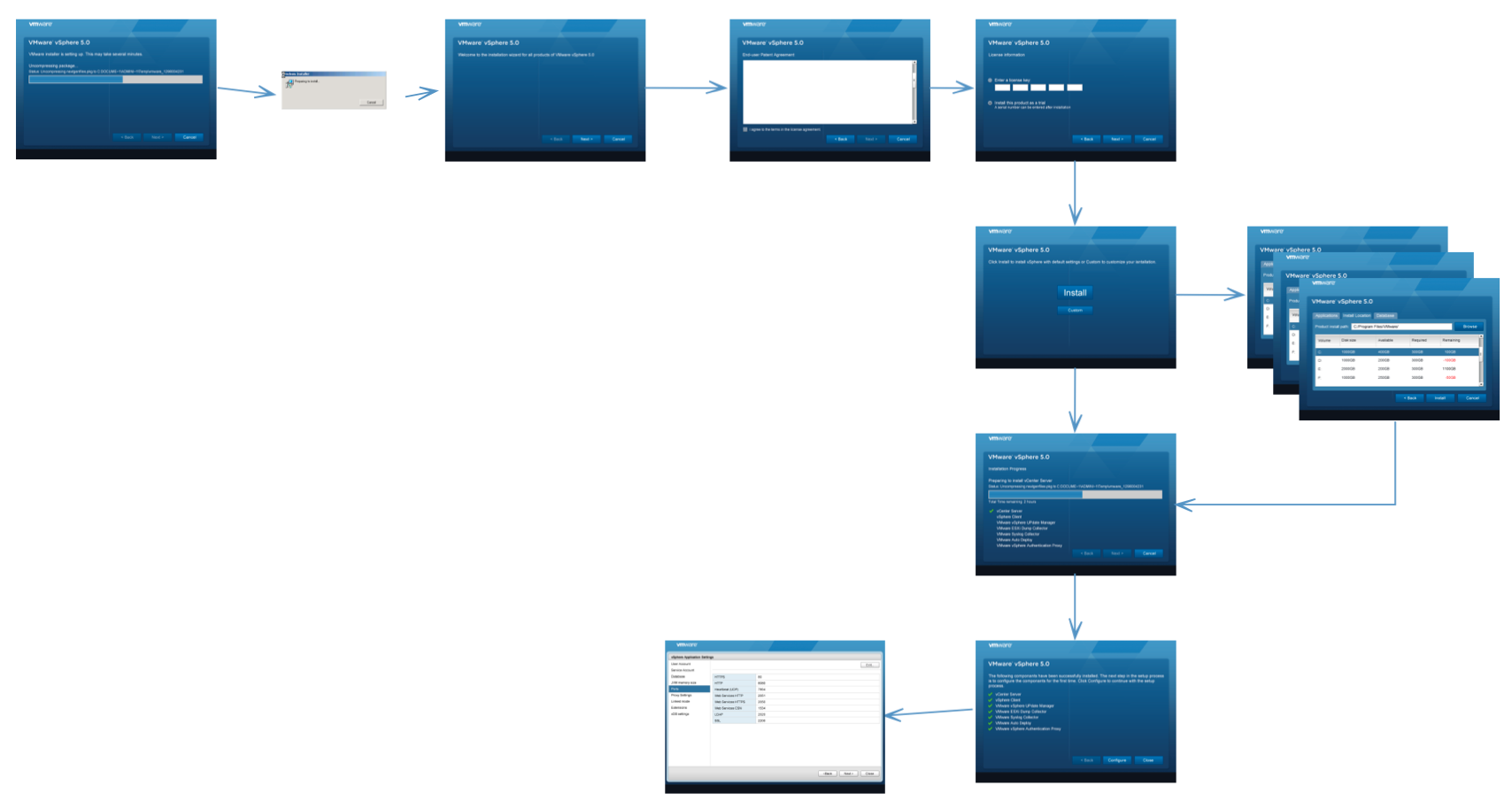

INCRAMENTAL IMPROVEMENT
The experience could be improved with a few improvements: lay out consistency, informing the user on prerequisites, storing settings that are used multiple times. With these recomendations, we reduced the user flow from over 100+ screens and over 300 steps to under 30 screens. We also reduced incomplete workflows by creating an upgrade and installation checklist so that the datacenter could be prepared before the deployment process.
WORKFLOWS
Working with each product team, I came up with workflow improvement options. Detailed mockups and documentation were created for each screen and how they would effect and improve the flow. The mockups were used to estimate the engineering cost for each workflow. These workflows helped highlight the user experience so the engineering director could make a decision.
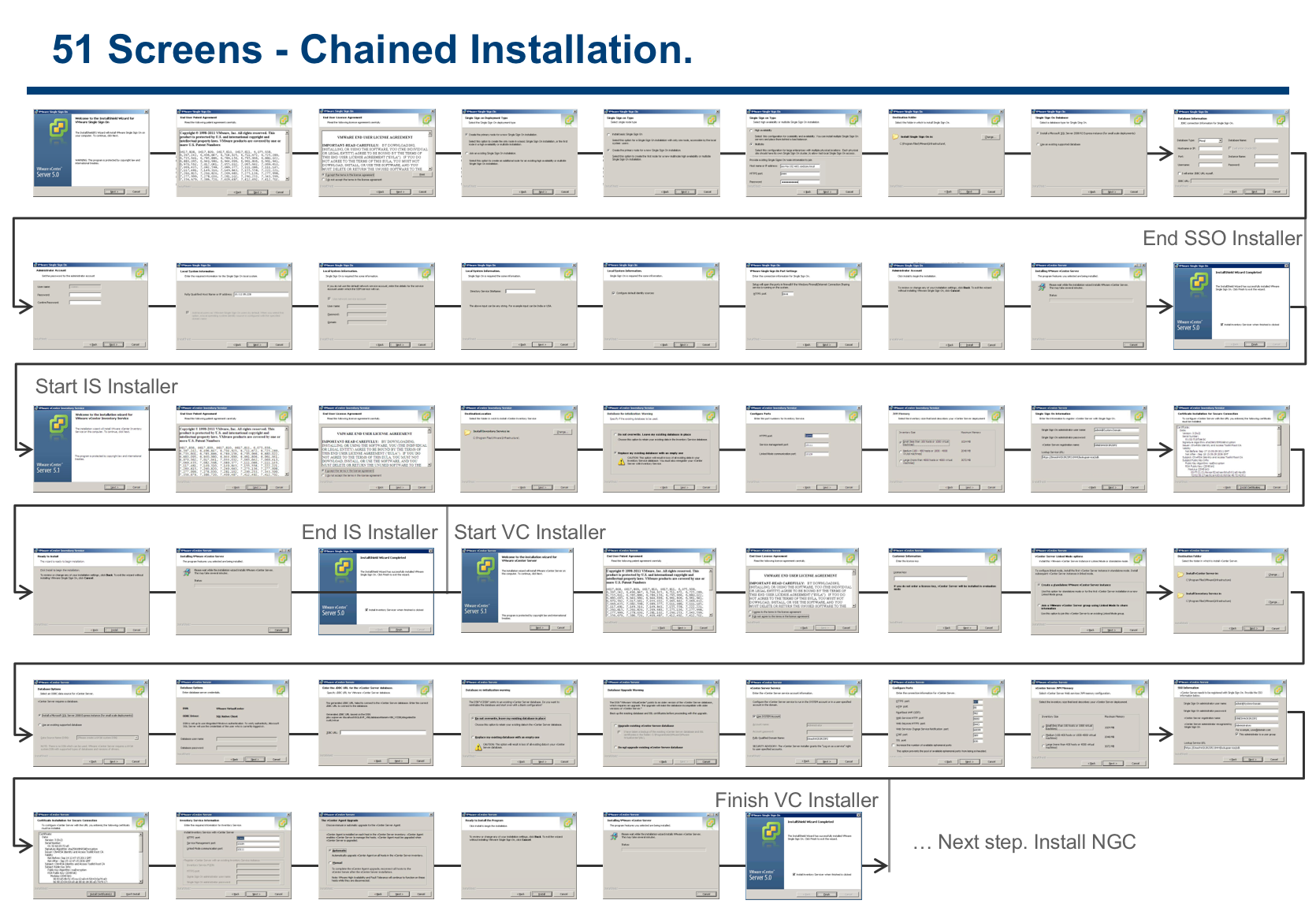
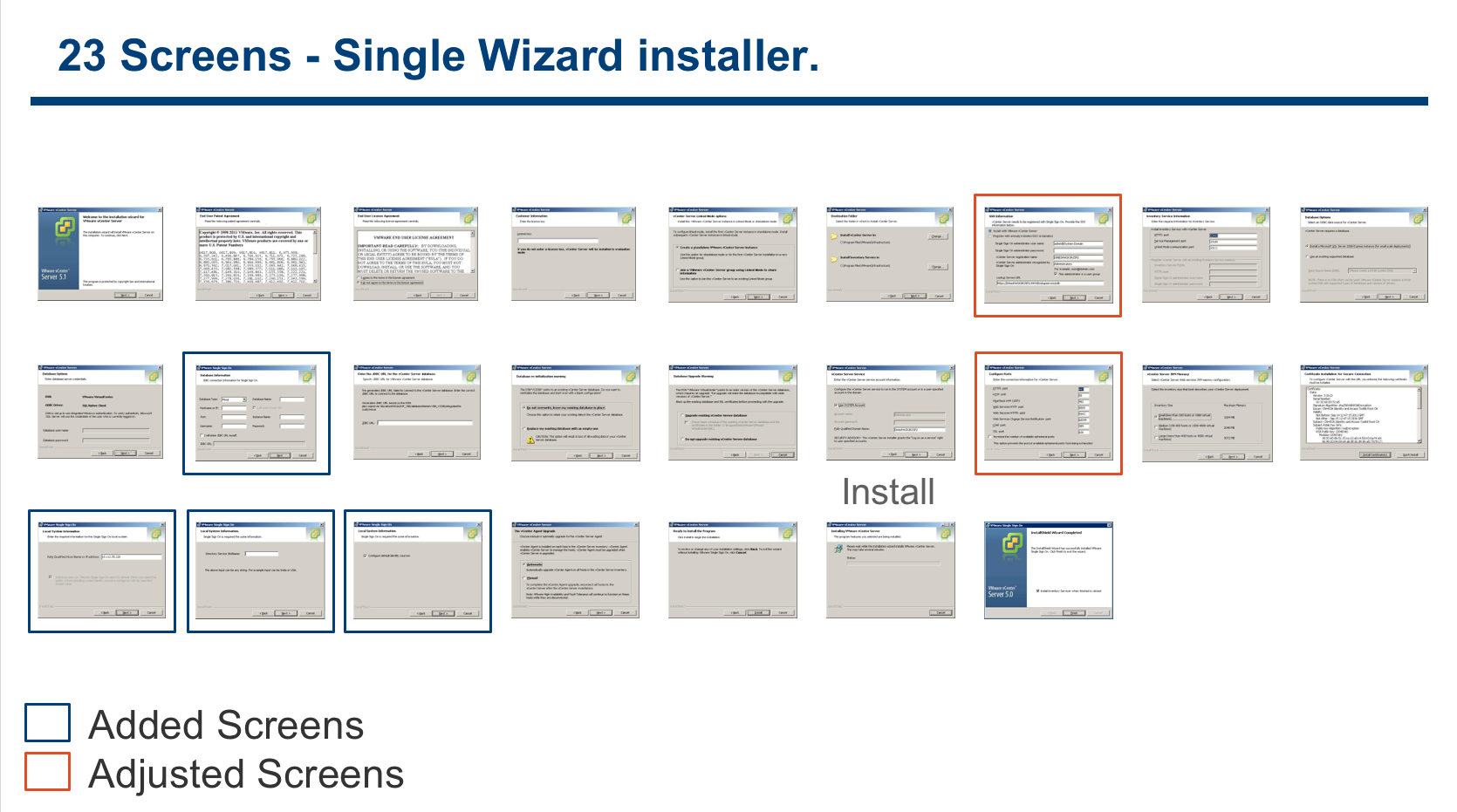
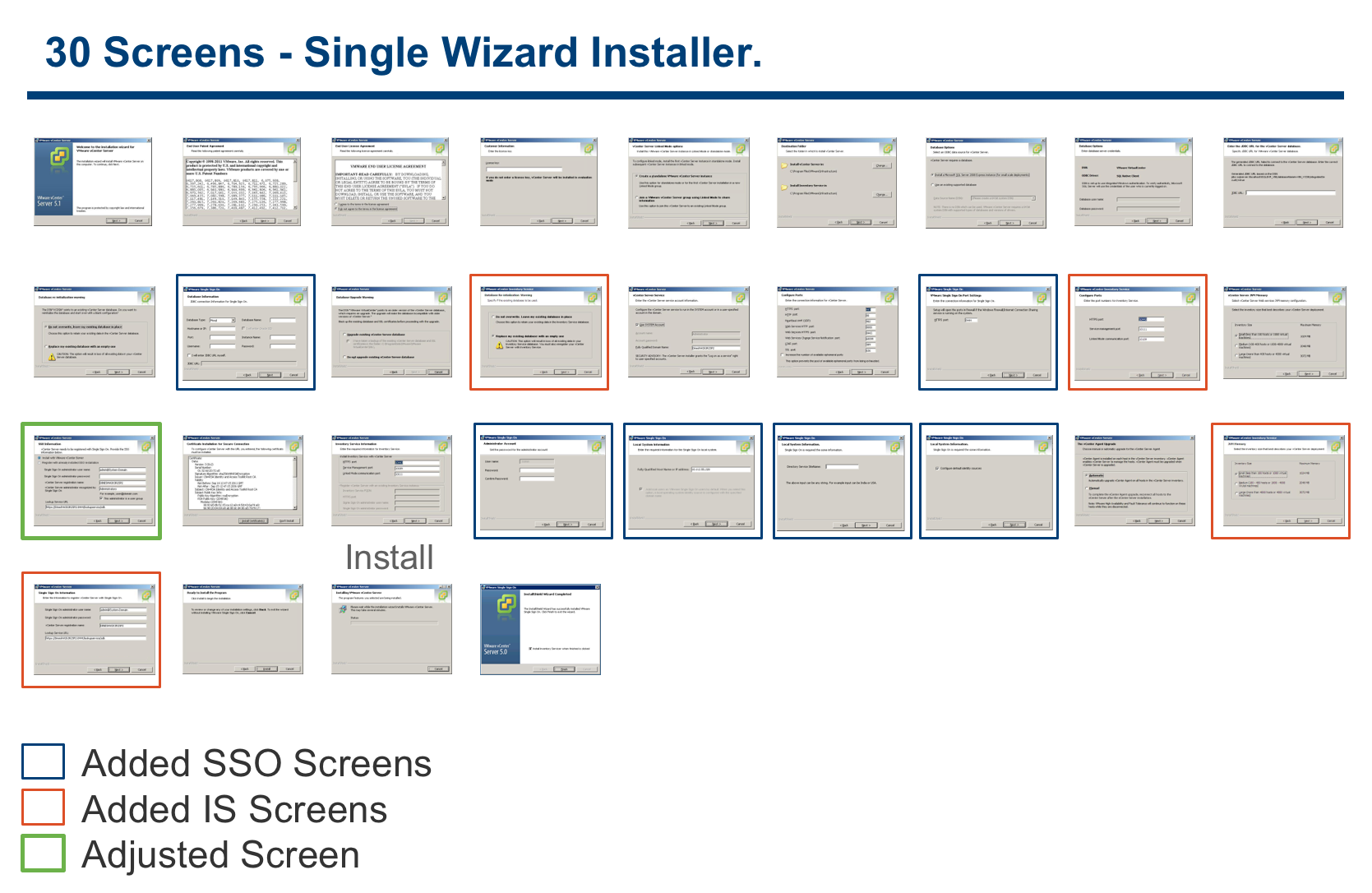
BEFORE
Each link launched a windows installer. Users were confused on what to installed, if all componants needed to be installed, and in which order the components needed to be installed. There was little documentation on the processes. Users needed to read blogs made from their piers to attempt an installation.
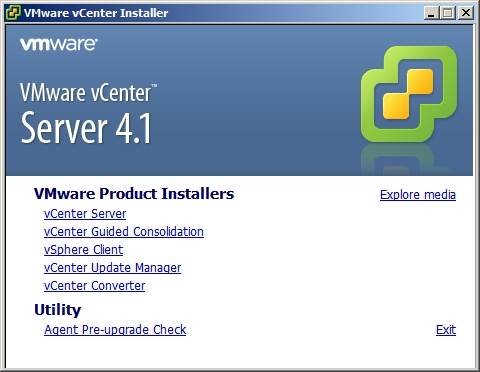
After
We added information in the flow to guide the user through the full process. In addition, we worked closely with tech pubs to document the process. There wasn't any resources for this improvement. However, the coding was not complex. I was able to create the interface in a prototype. The code base eventually was adopted in the final product.
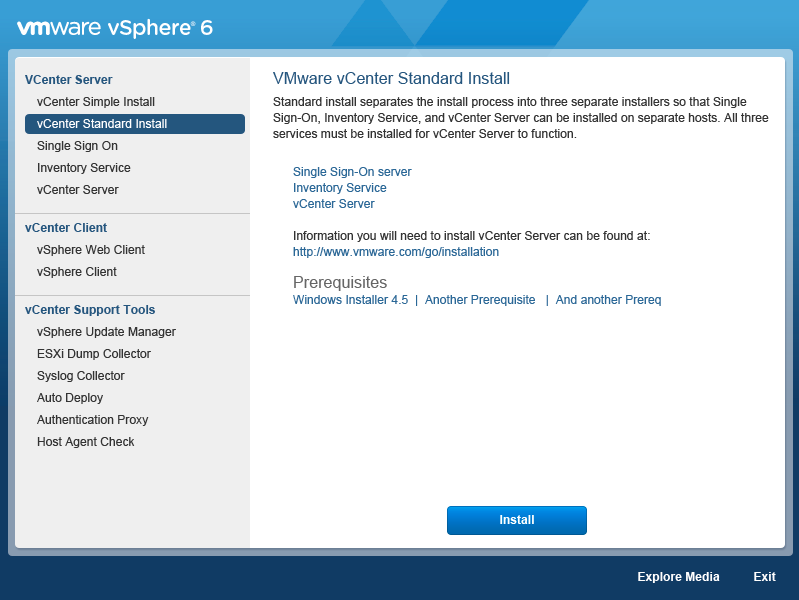
User Testing
Testing the new flow with mock-ups was done but the information wasn't useful. The risk of taking a data center was down and the hypothetical situations did not exist. The overall flow was well received. The real feedback came a year later, where another series of site visits were done with the new installation flow.
Continual Improvement
The user experience goal was to keep reducing complexity by consolidating installers. I would work closely with product teams to follow the standards I created. I would mock up installation flows based on their needs of collecting information. The challenge would to champian the removal of an input. One less input would cost the engineering team a lot of development hours to automate.
Result
I created the installation standard that is still used until this day at VMware. Reduced complexity in installation and upgrade reduced the need for lengthy research before deployment. Customers gained confidence in the upgrade process.